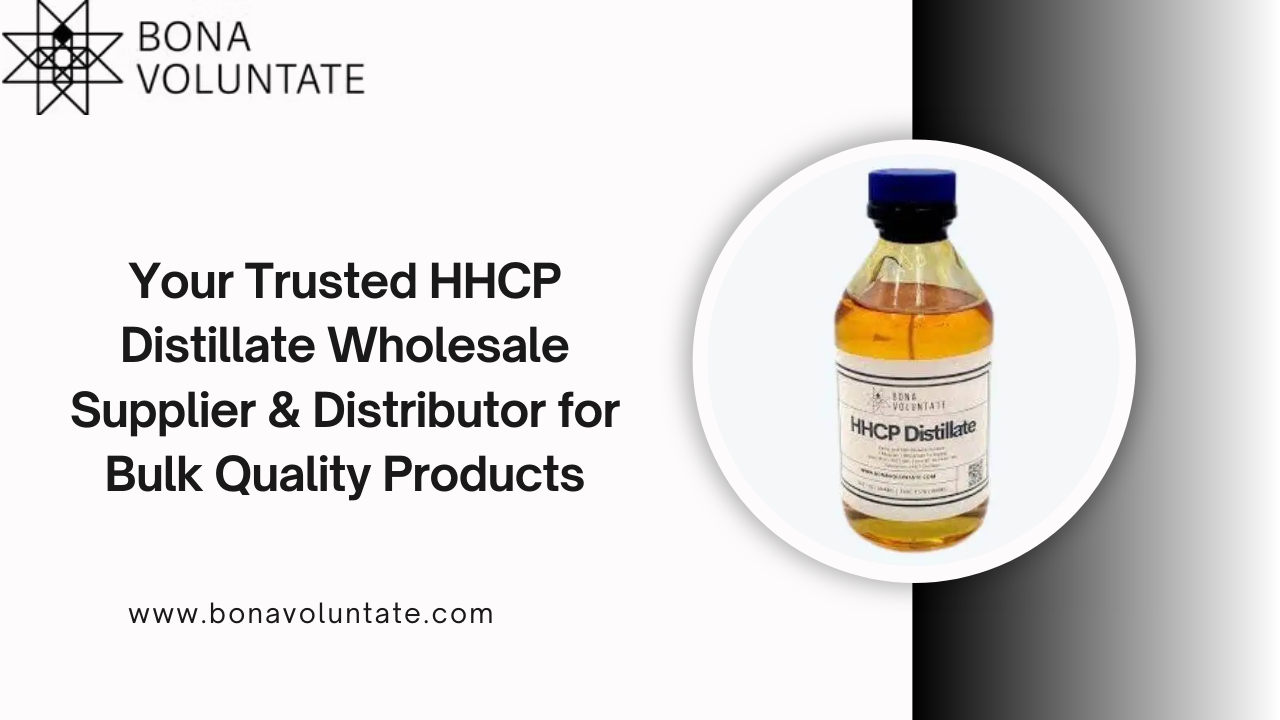Safety in the workplace is more than just a checklist—it’s about creating an environment where every worker feels secure, informed, and confident in carrying out their duties. One of the most overlooked yet powerful tools in ensuring workplace safety is signage and labelling. From warning employees about potential hazards to guiding them toward safe practices, proper signage can mean the difference between a safe shift and a dangerous accident.
In fact, just as people carefully consider the NEBOSH Fee before enrolling in professional safety training, organizations must also weigh the cost of new signage against the priceless value of human life and workplace safety. Both are investments—one in knowledge and the other in preventive action—and both have long-term payoffs when done right.
The Importance of Signage in Workplace Safety
When people walk into a workplace—be it a construction site, a factory floor, or even an office—they immediately encounter signs. These signs are not mere decorations; they communicate vital safety information in ways that words alone often cannot. Clear visual cues remind workers of risks, guide them to exits, and ensure they know how to handle substances or equipment safely.
Consider a factory where chemicals are stored. Without proper labelling, an untrained worker might mistake a harmless-looking liquid for water. But if the container has a bright, standardized hazard label, the worker instantly knows to wear protective gear before handling it. In this case, signage acts as a silent supervisor—always present, always guiding.
Why New Requirements Keep Emerging
Safety standards are not static. Just as workplaces evolve with new machinery, chemicals, and processes, safety regulations adapt to meet new challenges. New signage or labelling requirements often emerge after accidents or research reveals that existing standards are not enough.
For example, when international studies showed that workers often ignored faded or outdated signs, regulators updated requirements to mandate high-visibility colors and durable materials. Similarly, labeling requirements for chemicals became stricter after several incidents where improper markings led to chemical burns and inhalation injuries.
This evolving approach ensures that safety practices keep pace with the realities of modern workplaces.
A Personal Story: The Power of a Simple Sign
A few years ago, a small logistics company introduced new signage after a safety audit. Before the update, workers often left heavy boxes near emergency exits, blocking escape routes. It wasn’t malicious—just habit. But once new, brightly lit “Keep Clear – Emergency Exit” signs were installed, the change was immediate. Workers stopped stacking boxes there, and during a fire drill, everyone evacuated safely within minutes.
That simple change reinforced the importance of updated signage. It was not about the cost of the sign—it was about the safety of the people.
The Hidden Dangers of Ignoring Signage Updates
Neglecting signage requirements can turn everyday tasks into hazards. Outdated or unclear signs create confusion and increase the risk of accidents. Imagine a worker entering a restricted area because the warning sign had worn away over time. The result could be machinery-related injuries, exposure to harmful chemicals, or even fatalities.
Ignoring new standards can also have financial consequences. Just as companies must budget for professional development programs and weigh the NEBOSH Fee, they must also allocate resources for updated safety measures. Fines, lawsuits, and reputational damage from neglecting signage updates often cost far more than the price of compliance.
Step-by-Step Guide to Updating Workplace Signage
Step 1: Conduct a Hazard Assessment
Walk through the workplace and identify all potential hazards. This includes machinery, chemicals, fire exits, and areas with high foot traffic.
Step 2: Review Current Regulations
Check national and international safety standards. Requirements for chemical labeling, fire safety signage, and personal protective equipment often change.
Step 3: Evaluate Existing Signage
Look for faded, outdated, or missing signs. Ask employees if they understand the signs currently in place.
Step 4: Invest in Durable Materials
Choose signs that resist fading, peeling, and weather damage. Signs must be clear and visible for years, not just months.
Step 5: Train Employees on Signage Meaning
A sign is only effective if workers understand it. Include signage interpretation in safety training sessions.
Step 6: Regularly Review and Update
Set a schedule to review signage every six to twelve months. Update as regulations change or as new hazards appear.
Bridging the Gap Between Training and Action
Many organizations invest in employee training programs, such as safety diplomas or internationally recognized certifications. When learners consider the NEBOSH Fee, they see it as a step toward a safer and more knowledgeable career. Similarly, when employers invest in proper labelling, they are not just complying with rules—they are protecting lives. Training gives workers knowledge; signage puts that knowledge into action every day.
Common Types of Workplace Signage and Their Role
- Warning Signs: Highlight hazards like slippery floors, high voltage, or toxic chemicals.
- Mandatory Signs: Tell workers what action is required, such as wearing safety goggles or hard hats.
- Prohibition Signs: Indicate actions not allowed, like “No Smoking” or “Do Not Enter.”
- Emergency Signs: Show escape routes, fire exits, or first aid locations.
- Hazard Labels: Identify dangerous chemicals, machinery, or conditions.
Each type serves a specific purpose, but together they form a comprehensive safety network.
Overcoming Resistance to New Requirements
One of the biggest challenges is resistance from both employers and employees. Some see new signage as unnecessary or costly. Others become complacent, thinking they already know the risks. However, safety should never rely on memory alone.
Employers can overcome resistance by explaining the “why” behind changes. Share stories of accidents prevented by signage or highlight legal penalties for non-compliance. Workers are more likely to support updates when they understand the real benefits.
The Financial Perspective
Just as businesses budget for staff development and carefully assess the NEBOSH Fee, they should treat signage as a necessary safety investment. The upfront cost of installing new signage is far less than the potential costs of injuries, lawsuits, and downtime caused by workplace accidents. Safety signs are insurance policies that pay for themselves many times over.
A Read More Thought on NEBOSH Fees
If you’ve ever weighed the NEBOSH Fees, you know that investing in safety isn’t just about meeting regulations—it’s about creating a culture of care and responsibility. In the same way, updating signage is not a one-time expense but an ongoing commitment to safeguarding lives and ensuring that everyone goes home safely at the end of the day.
Conclusion: Safety Is in the Details
Workplace safety is built on small but significant details. New signage or labelling requirements may seem minor at first glance, but their impact is profound. They prevent accidents, save lives, and ensure that safety isn’t just a policy on paper—it’s a lived experience every single day.
By staying ahead of new requirements, conducting regular reviews, and training employees on the meaning of signs, organizations create safer environments. Just as individuals see the value in paying the NEBOSH Fee for their future careers, companies must see the value in investing in signage for the well-being of their workforce. Safety, after all, is not an expense—it’s a promise.



